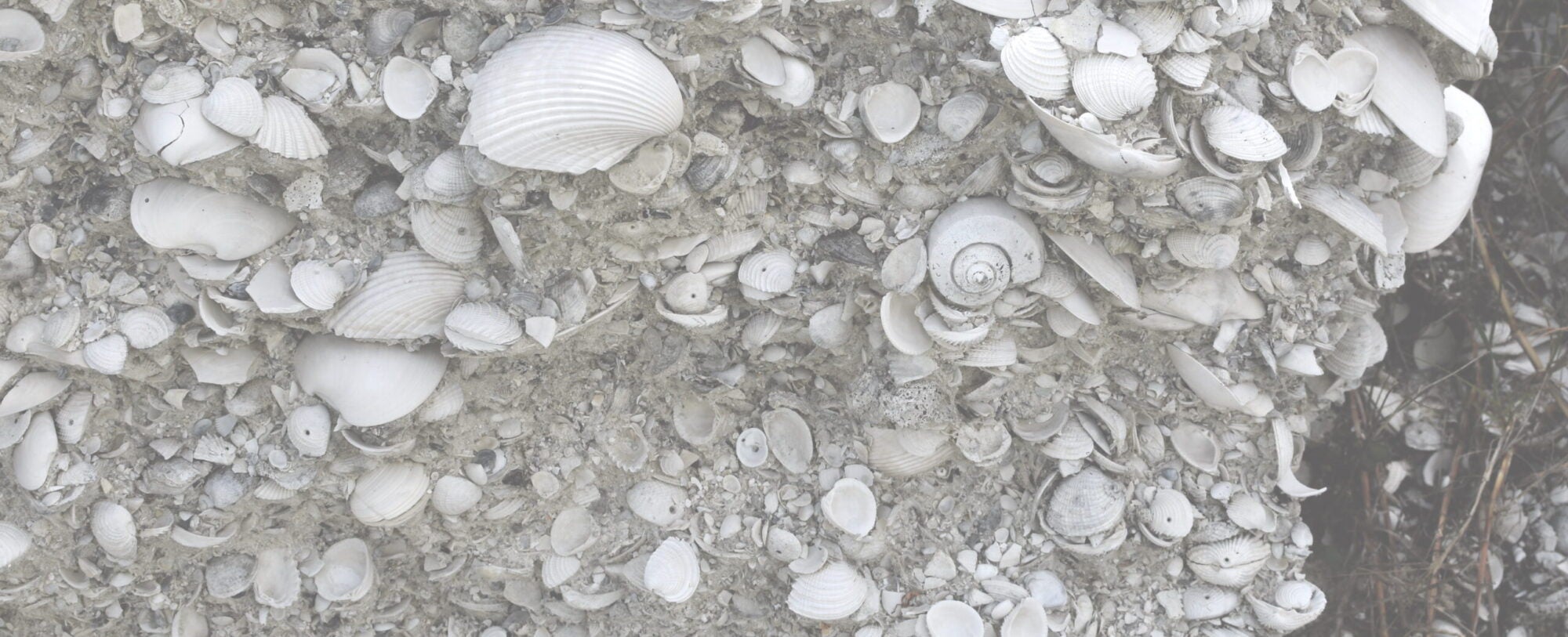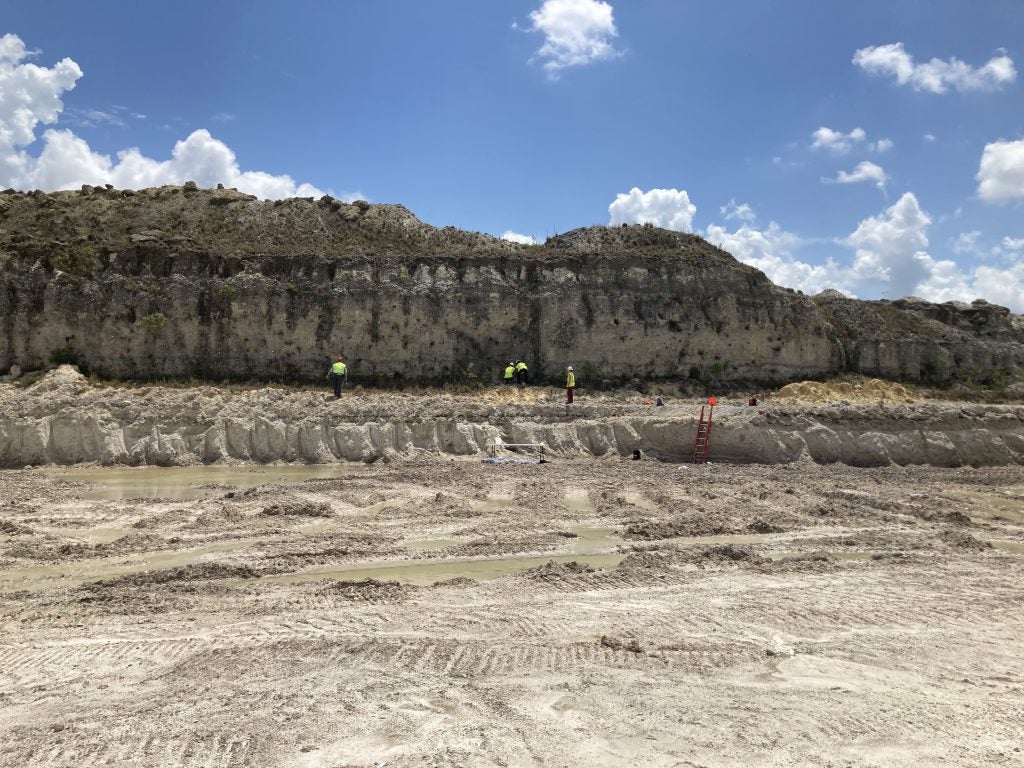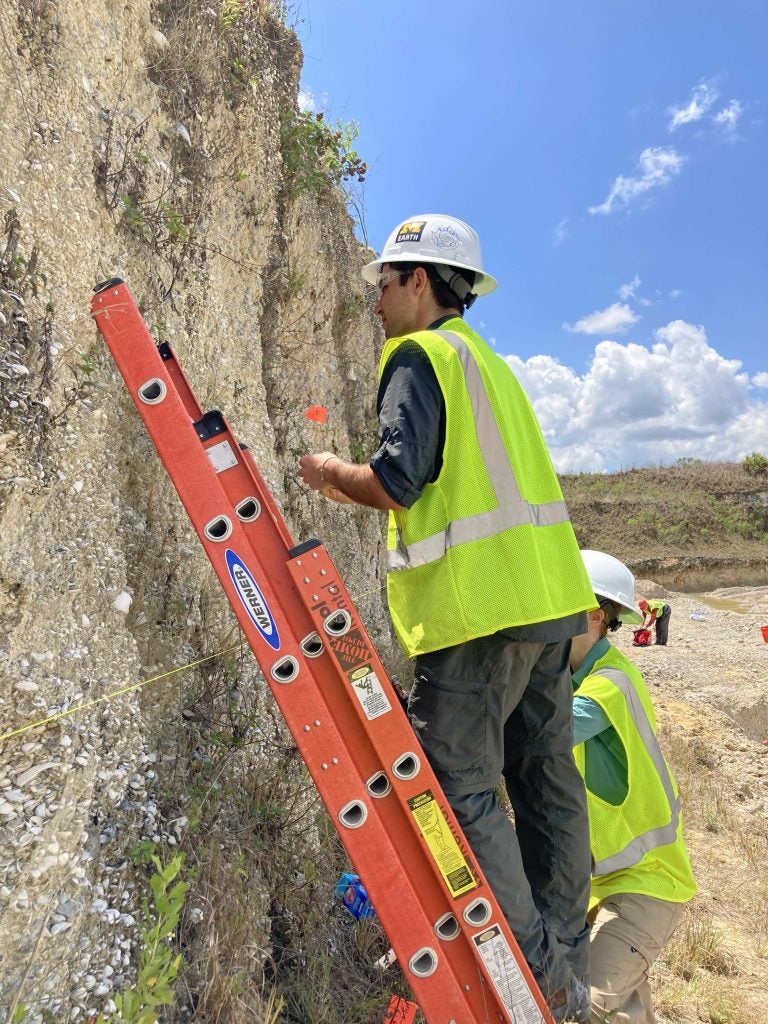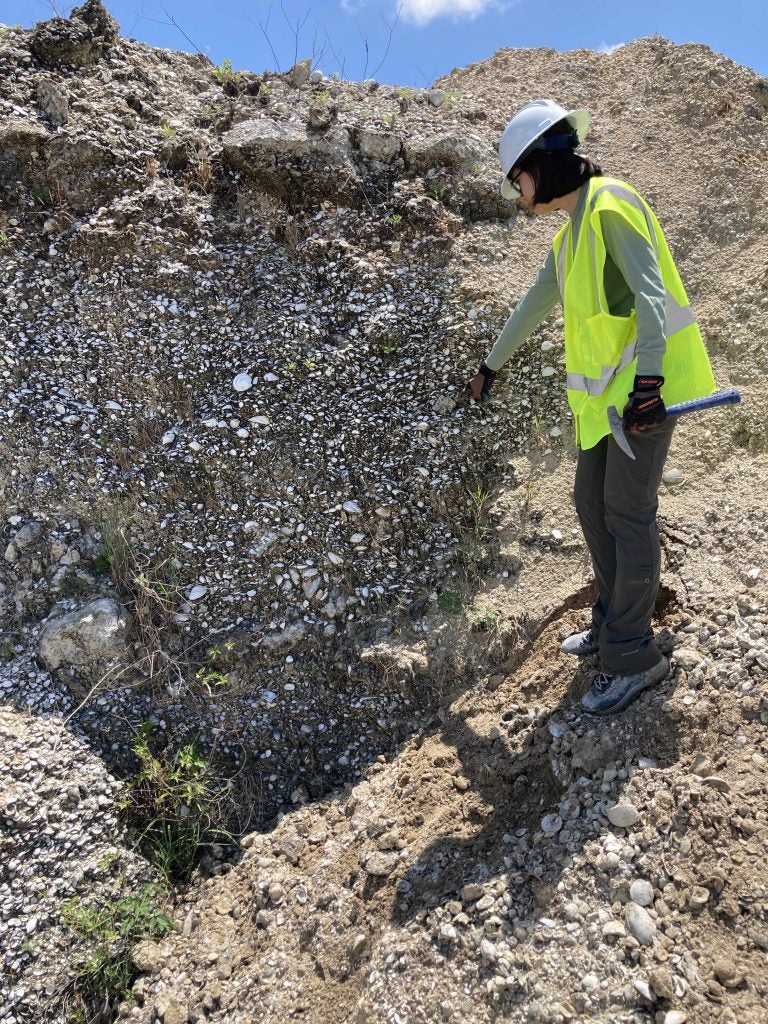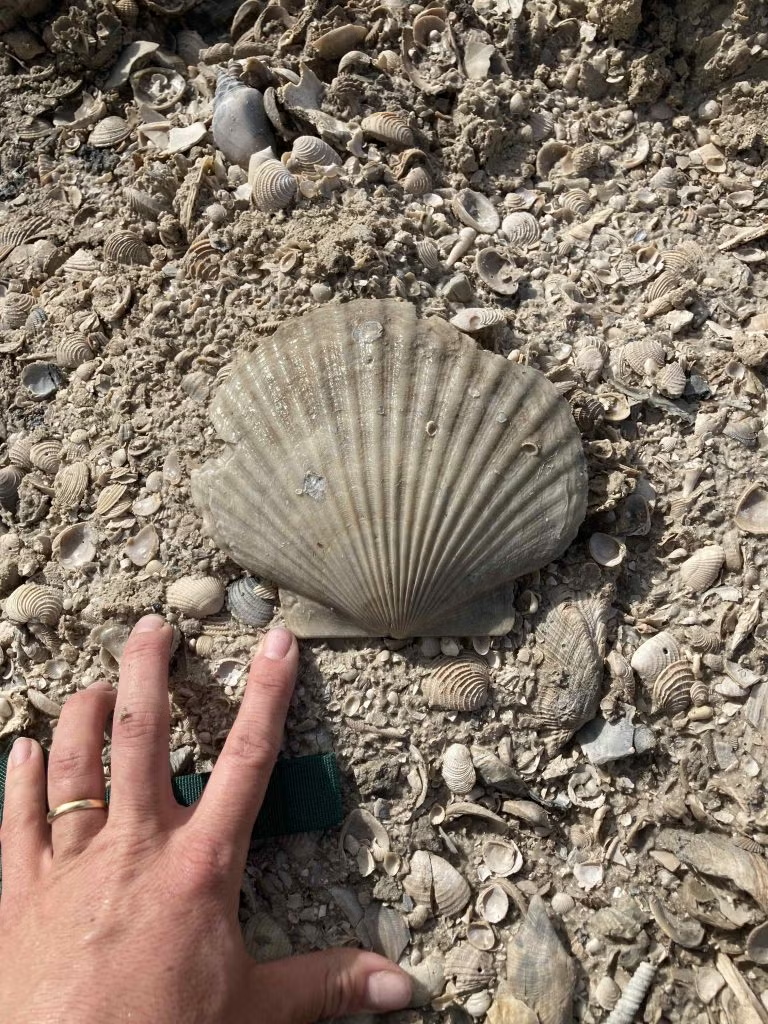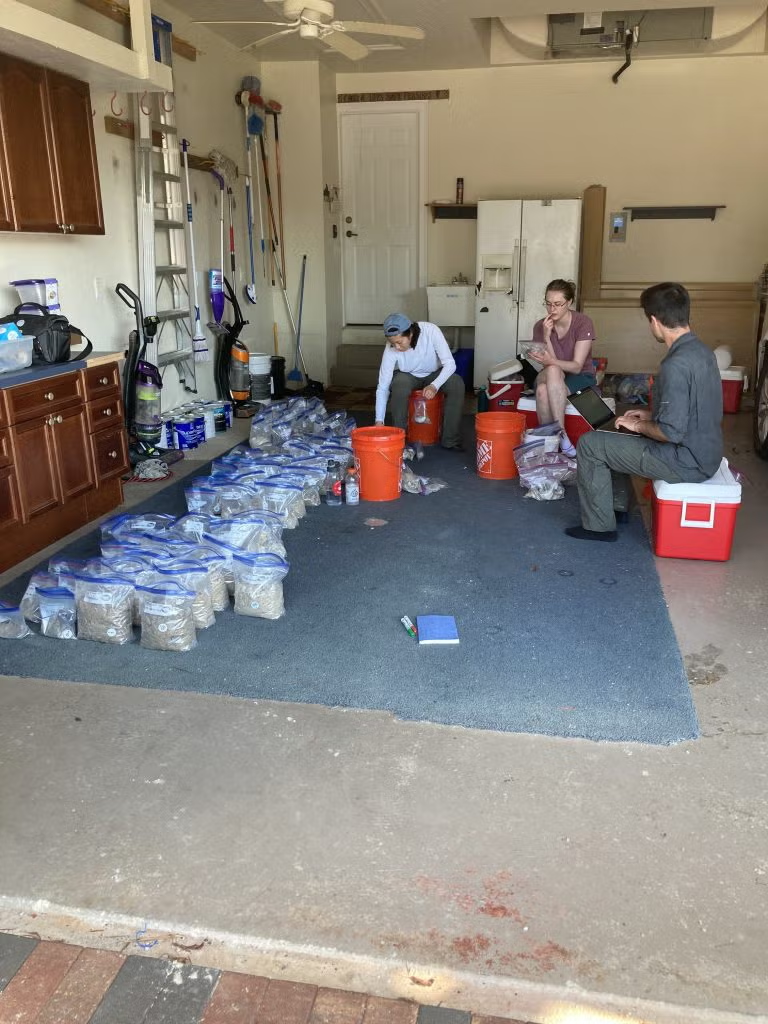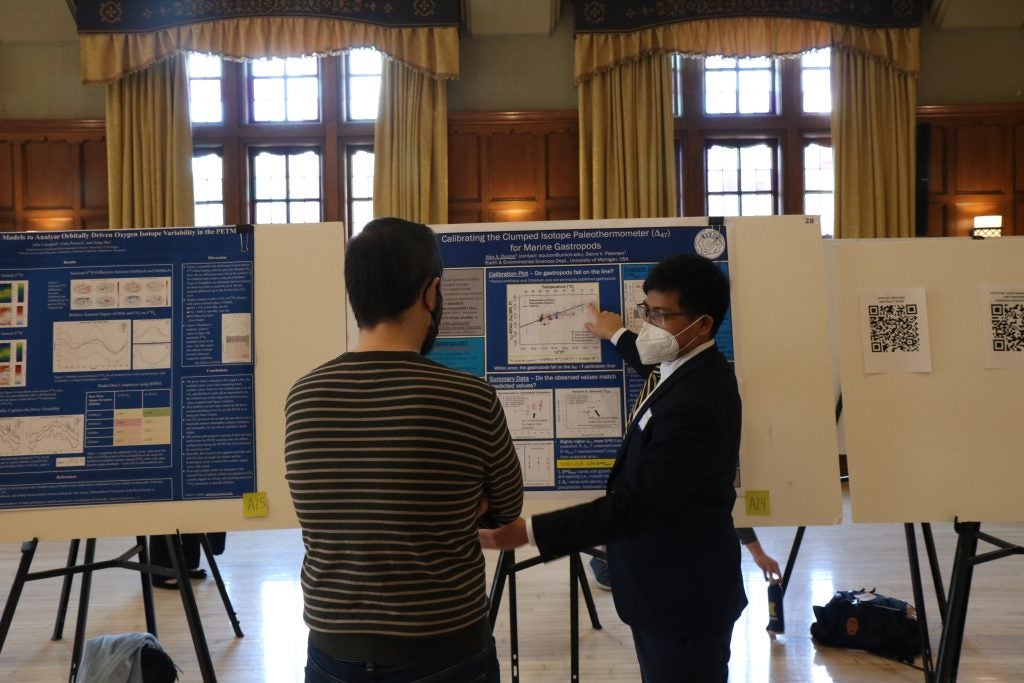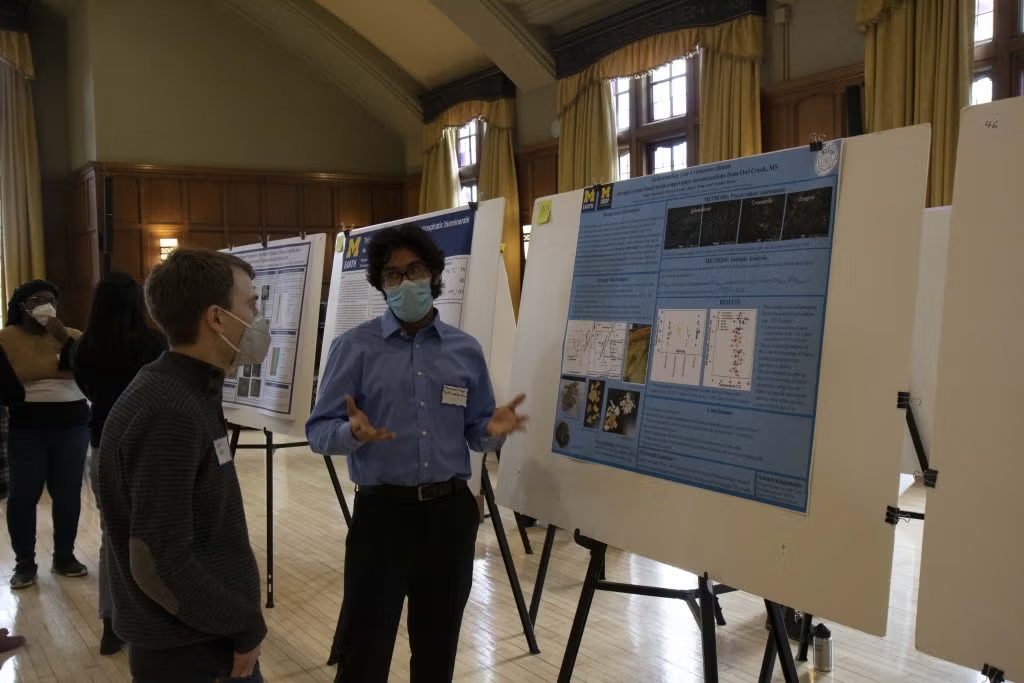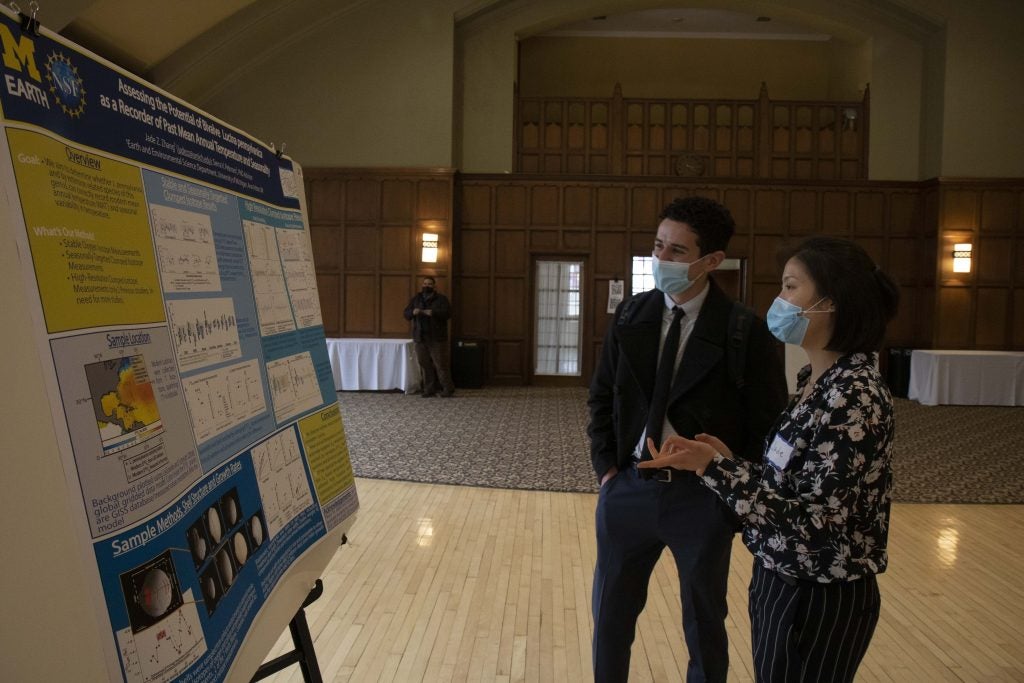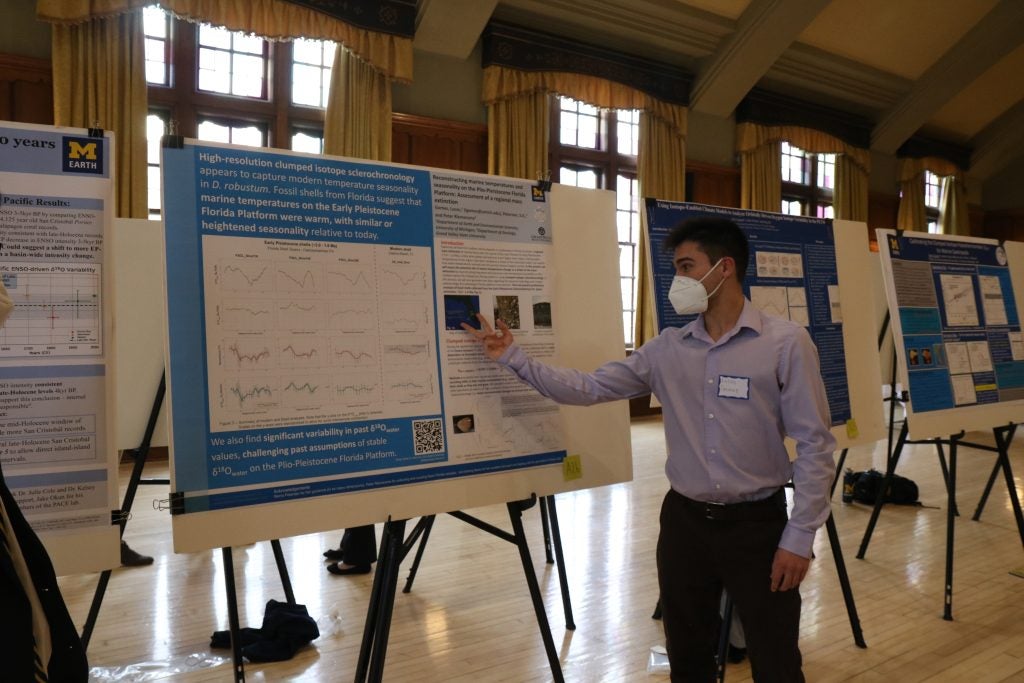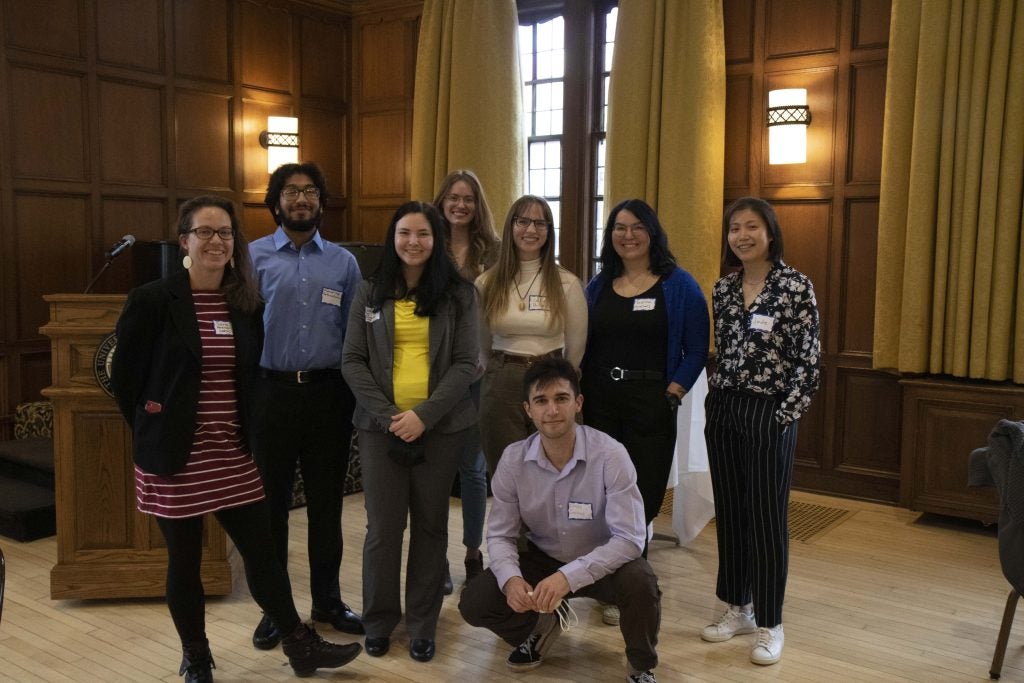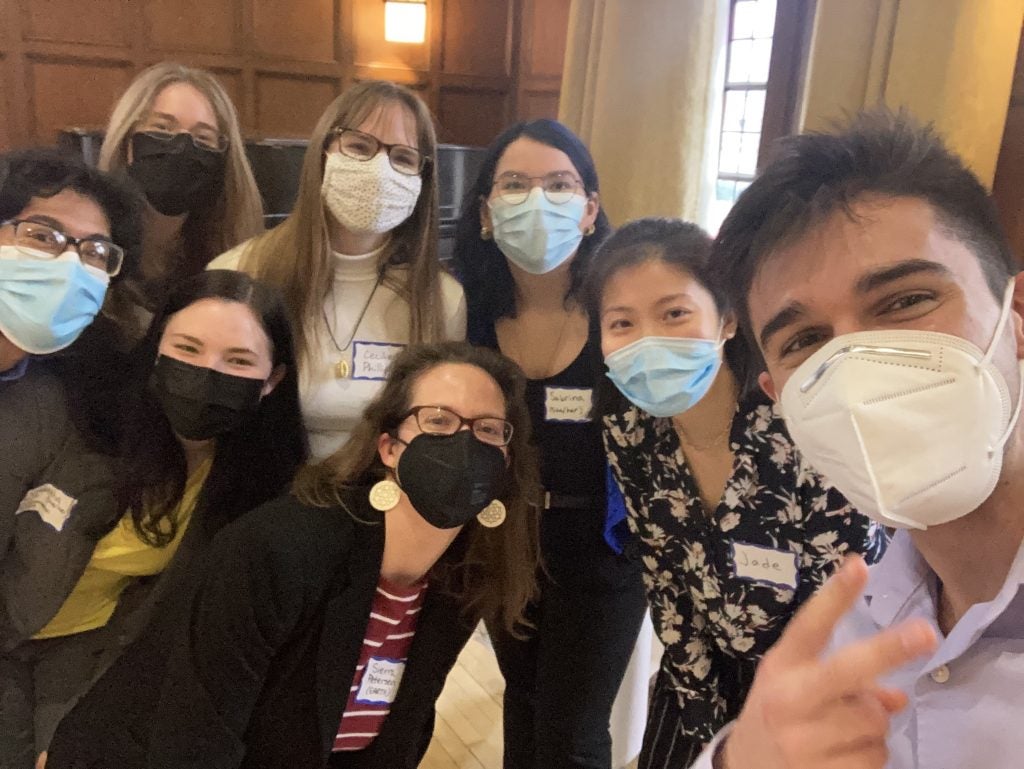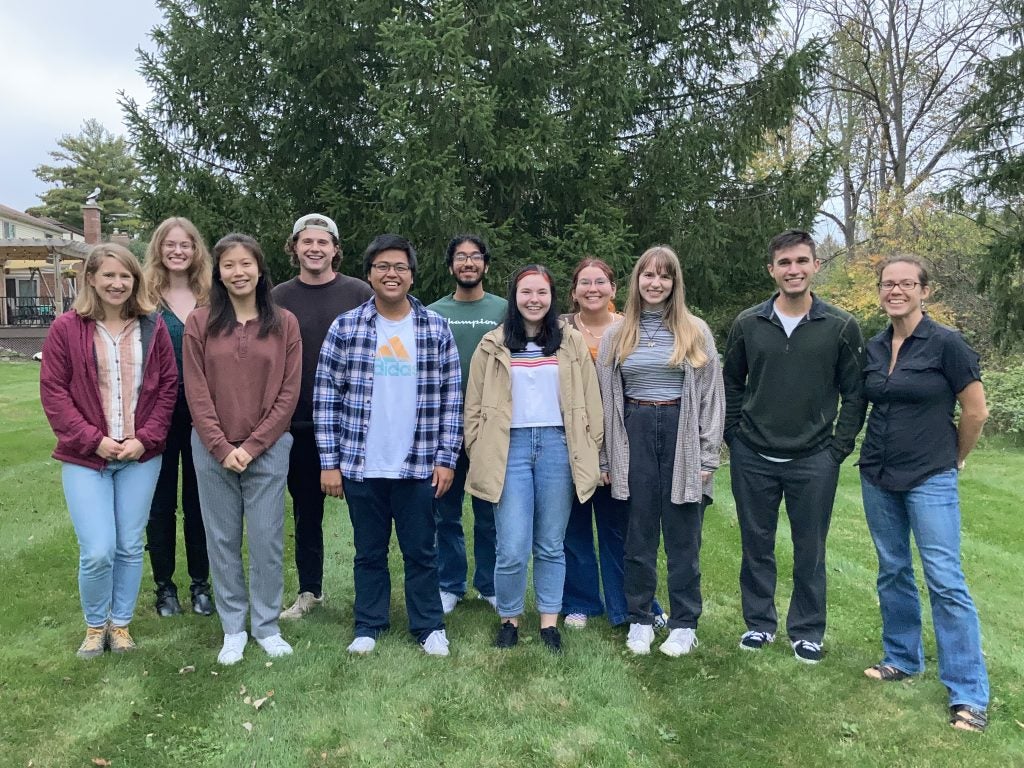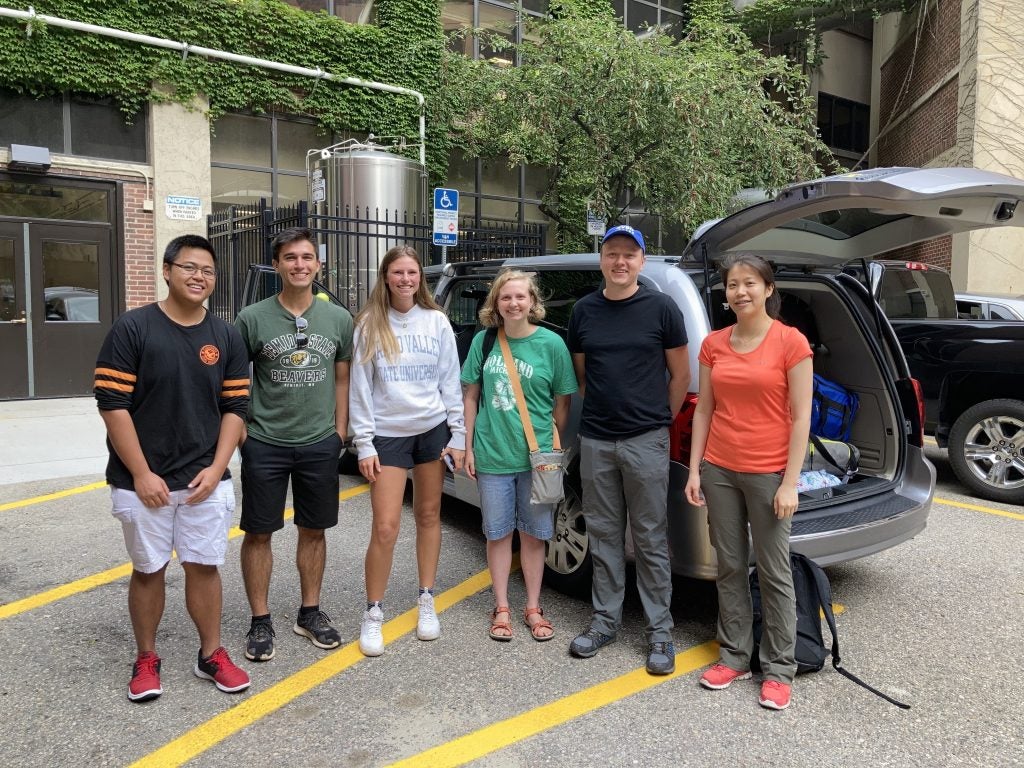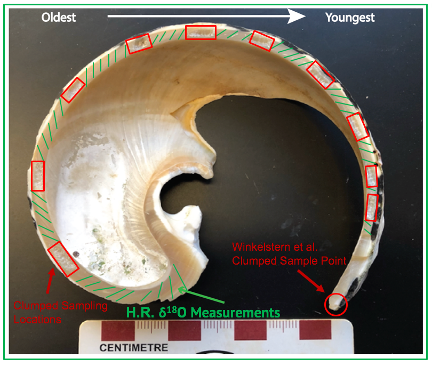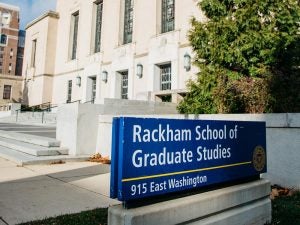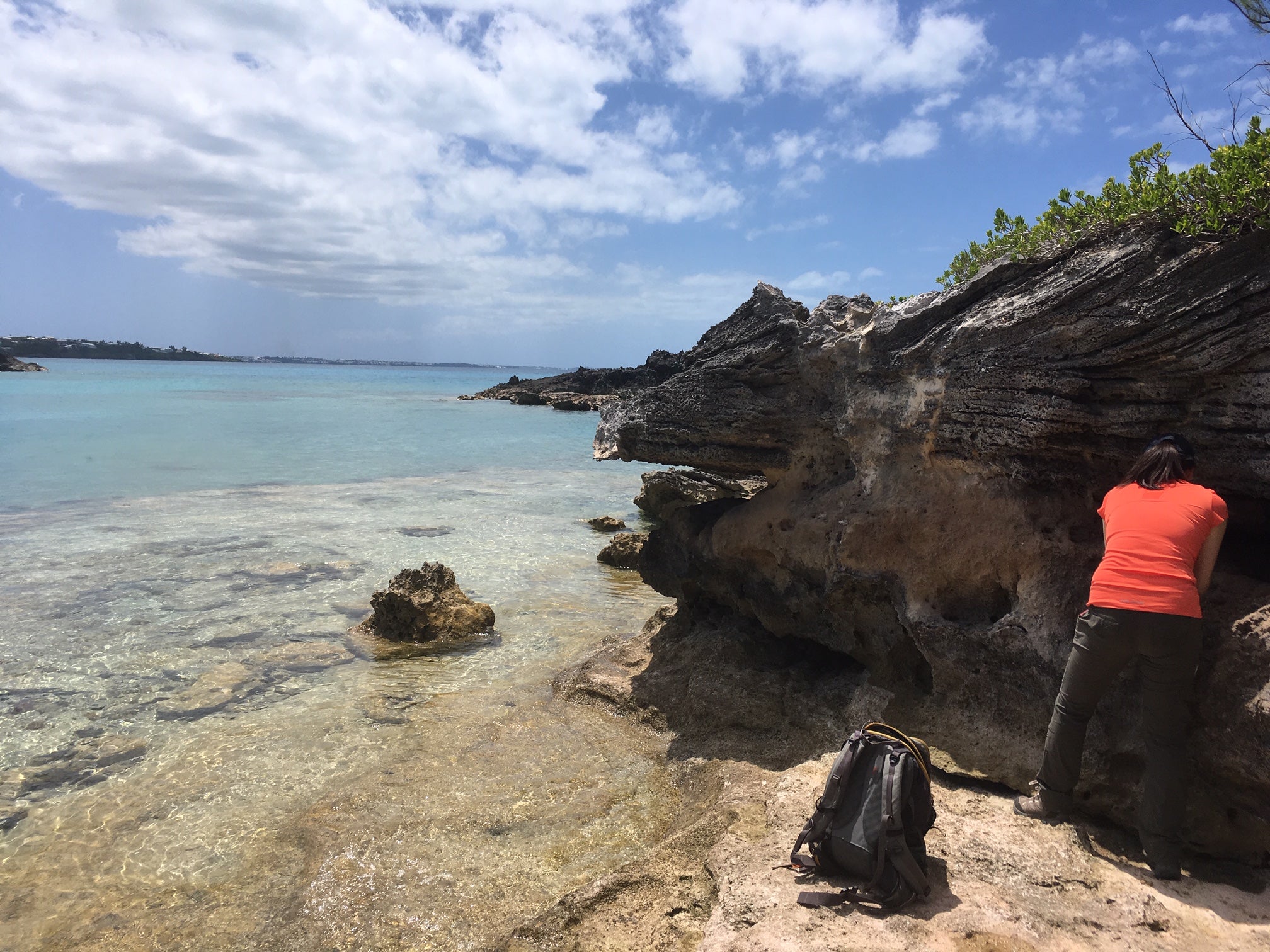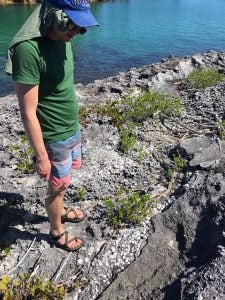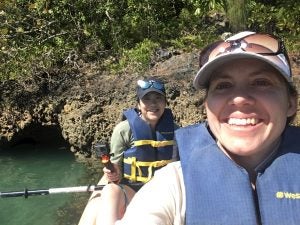PhD student Jade Zhang published her second paper, this one focusing on high-resolution clumped isotope sampling in bivalves.
High-resolution isotopic sampling along the direction of maximum growth of a mollusk (isotopic sclerochonology) has been done for many years using oxygen and carbon isotopes. This method can reveal seasonality of climate (via the d18O max, min, and range), mollusk growth rate, and more, but suffers from the same issues all oxygen isotope paleothermometry methods do – unknown d18Owater. Clumped isotope paleothermometry doesn’t have the same issues with uncertainty in d18Ow, but large historical sample size requirements have prevented much application of this powerful technique to mollusk sclerochronology.
With recent reductions in sample size, this new area of clumped isotope paleothermometry is increasingly being explored. In this study, Jade applies different subannual sampling methods (seasonally targeted vs. continuous sampling) to modern shells of the bivalve Lucina pensylvanica from sites around Florida and the Caribbean, testing which methods work best in higher (Florida) or lower (Caribbean) seasonality locations.
In the end, she proposes a trade-off between sampling resolution, sample size, machine precision with different sample sizes, and bivalve growth rate. This study both defines L. pensylvanica as a robust recorder of climate and also serves as a template for designing clumped isotope sclerochronology sampling strategies on other species.
LINK TO PAPER: https://www.sciencedirect.com/science/article/pii/S0009254123000463

